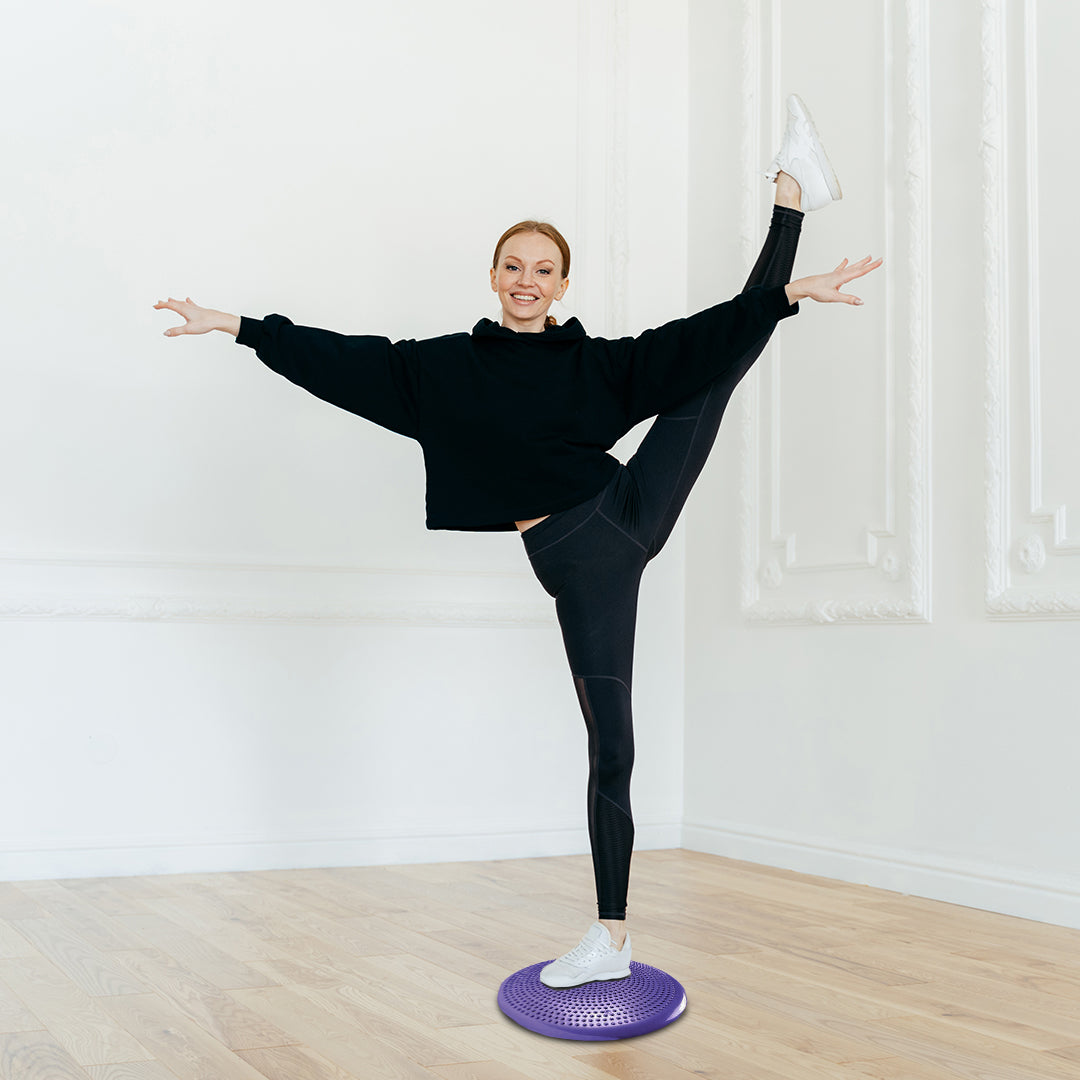What Does a TENS Unit Do for Muscles?
Transcutaneous electrical nerve stimulation (TENS or TNS) is the use of electrical current generated by a device to stimulate nerves for therapeutic purposes. By definition, TENS covers the full range of passing applied electrical currents for nerve stimulation, although the term is often used -relief. here we discuss What Does a TENS Unit Do for Muscles?
The unit is usually connected to the skin using two or more electrodes, usually conductive gel pads. A typical battery-powered TENS unit is capable of modulating pulse width, frequency, and intensity.
Typically, TENS is applied at high frequencies (>50 Hz) that are less intense than motor contractions (feeling intensity) or at low frequencies (<10 Hz) that produce motor contractions. More recently, many TENS units use mixed frequency modes, which eases the tolerance for repeated use.
The intensity of the stimulation should be strong, but regardless of the frequency, the greater the intensity, the more comfortable the stimulation will be and thus produce the greatest analgesic effect. While the use of TENS is effective in clinical studies, there is controversy over which conditions the device should be used to treat.

Types of TENS
- Conventional TENS (low-intensity, high-frequency)
- Acupuncture-like TENS (high-intensity, low-frequency)
- Intense TENS (high-intensity, high-frequency)
How TENS Work
Compared with drug therapy, TENS has almost no side effects as a non-invasive treatment technique. The most common complaint is an allergic skin reaction (approximately 2-3% of patients), which is almost always caused by the electrode material, conductive gel, or tape used to secure the electrodes.
Most TENS applications are now made using self-adhesive, pre-gelled electrodes, which offer several advantages including reduced risk of cross-infection, ease of application, reduced incidence of allergies, and lower overall cost.
Digital TENS machines are becoming more common, and additional features such as automatic frequency scanning and more complex stimulation patterns are emerging, although there is currently little clinical evidence of improved efficacy. Some of these devices do offer pre-programmed and/or automatic therapy settings.
How Do We Place the Electrode?
Unilateral
Unilateral placement can cause inflammation in one half of a limb or pair of muscles.
Bilateral
It allows stimulation of both limbs or both halves of a pair of muscles
Mono-polar:
Only one of the two basic leads and the electrodes connected to it are placed over the target area affected by the stimulation. This electrode is called a therapy electrode.
What Does a TENS Unit Do for Muscles Quadruple :
Involves the use of two sets of electrodes, each from its own channel. It can be thought of as a concurrent application of two bipolar circuits. This technique can be used with agonist and antagonist stimulation. Can also be used in a cross pattern or as a large flat area on the back.

Side effects of TENS
Most people have no problem using a TENS device, and they usually do not experience any side effects.
However, the electrical impulses produced by the TENS device may cause a buzzing, tingling, or tingling sensation, which may be uncomfortable for some people.
Some people may be allergic to gel pads. Anyone who experiences skin redness and irritation can switch to hypoallergenic products.
It is critical that you never place the electrodes on the front of your neck or over your eyes. Putting electrodes around the neck can lower blood pressure and cause spasms. On the eye, the electrodes can increase pressure inside the eye and possibly cause injury.
What Does a TENS Unit Do for Muscles Contraction?
TENS causes muscle contraction by stimulating α-motor neurons. It has been widely used to improve reduced muscle function, muscle strength, and joint range of motion, as well as the muscle activities of neurological patients.
However, if long-term TENS is applied to the human body, it can cause muscle fatigue and the accumulation of waste matter, and serious muscle damage. It has also been reported that TENS does not have a significant effect on fatigue after high intensity.
Therefore, although therapies using TENS may have a variety of advantages, more study is required to conclusively determine the effect TENS has on muscles with cumulative fatigue.

Micro-current stimulation plays a role in restoring cells or facilitating healing by increasing the creation of adenosine triphosphate (ATP) and proteins and curing wounds through the supply of electric energy at the cell level, which restores the potential of the cell membrane to normal potential.
In recent years, a number of studies of micro-current stimulation have been performed for in a wide range of conditions such as fracture and fatigue recovery, and various diseases involving cancers and diabetic nerve damage.
In particular, micro-current stimulation is known to be effective for cumulative fatigue recovery as it reduces CK in the blood of patients with delayed onset muscle soreness. Microcurrent stimulation had no positive effect on the recovery of an arm with delayed onset muscle.
In this study, micro-current stimulation and TENS were administered to subjects with cumulative fatigue to analyze their effects on fatigue recovery.
Conclusion
Using TENS may be less effective for numb areas of the skin or decreased sensation due to nerve damage. It can also cause skin irritation because the current cannot be felt until it is too high.
What Does a TENS Unit Do for Muscles, There is an unknown level of risk in placing electrodes over the site of infection (possibly spread by muscle contraction), but cross-contamination of the electrodes themselves is a greater concern.
TENS should also be used with caution in epileptic patients or pregnant women; do not use in the uterine region because of the electrodes themselves Effects of stimulation on developing fetus unknown.





